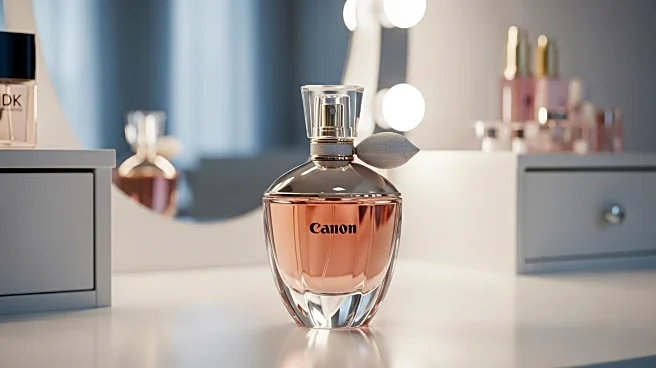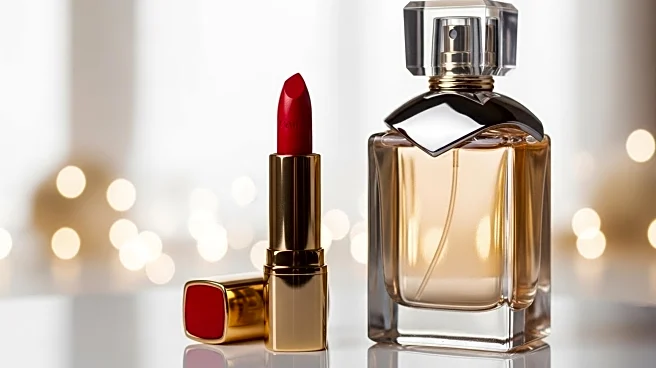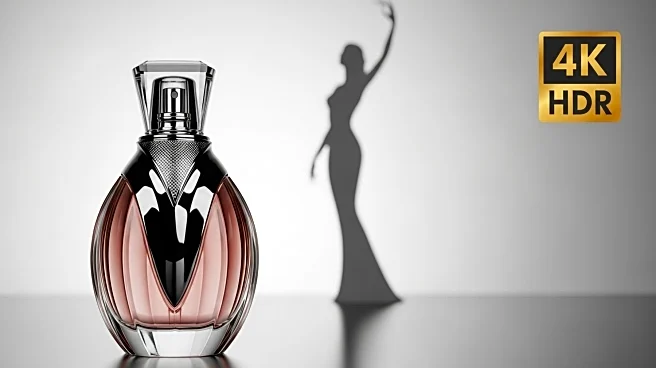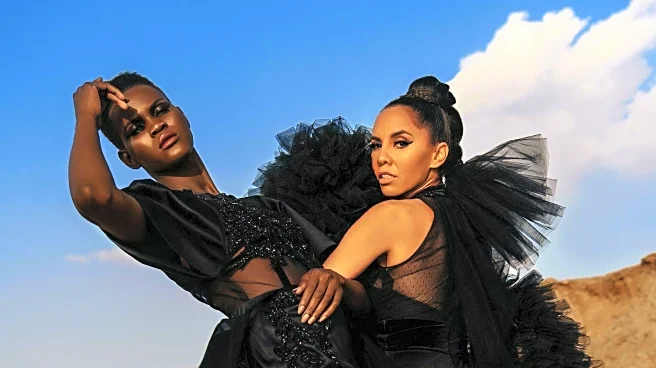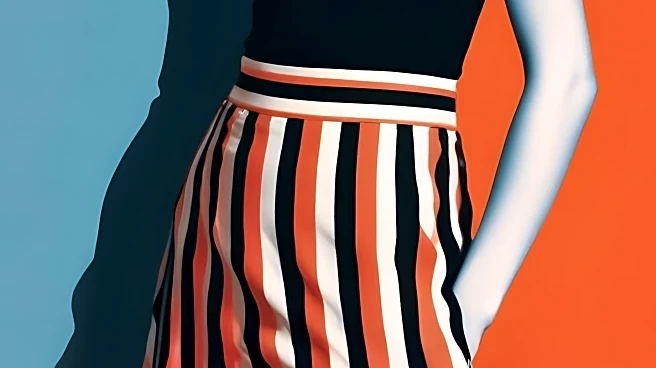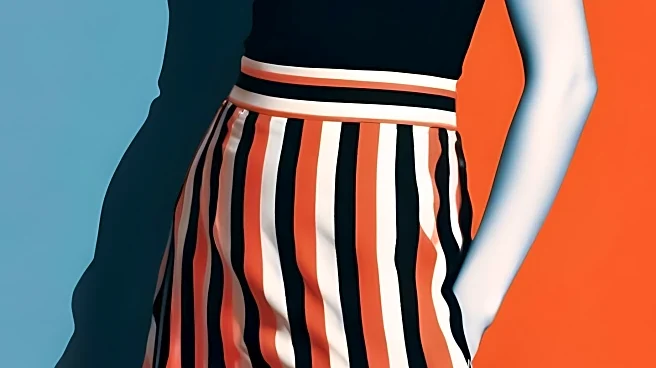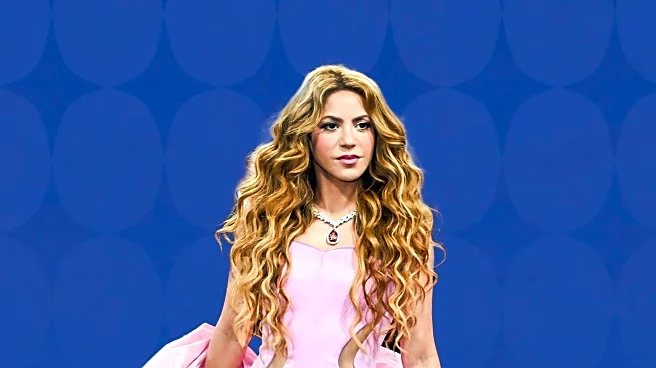What's Happening?
Doja Cat has released a new music video for her song 'Gorgeous,' which pays tribute to the beauty advertisements of the 1980s. The video features elements reminiscent of iconic beauty brands like Estée Lauder, L'Oréal, and Revlon, with golden typefaces and product close-ups that evoke the era's glamour. Models such as Alex Consani and Anok Yai appear in the video, showcasing imaginary yet familiar beauty products like lipstick, mascara, and perfume. The video is underscored by a sax solo, enhancing the nostalgic ambiance. Despite being born in 1995, Doja Cat successfully captures the essence of late-80s and early-90s beauty ads, blending them with contemporary beauty references in the lyrics.
Why It's Important?
The release of Doja Cat's 'Gorgeous' video highlights the enduring influence of 1980s beauty culture on modern aesthetics. By drawing on the visual and musical elements of that era, the video appeals to both those who experienced the original ads and younger audiences who appreciate retro styles. This homage not only showcases Doja Cat's creative versatility but also underscores the cyclical nature of fashion and beauty trends. The collaboration with current models and the inclusion of modern beauty terms in the lyrics bridge the gap between past and present, potentially influencing contemporary beauty marketing strategies and consumer preferences.
What's Next?
Doja Cat's continued exploration of beauty themes in her music and videos may lead to further collaborations with beauty brands, especially given her role as a MAC global brand ambassador. The nostalgic approach could inspire other artists and brands to revisit and reinterpret past trends, potentially sparking a broader revival of 1980s aesthetics in fashion and beauty. Fans and industry observers will likely watch for Doja Cat's next creative projects, anticipating how she will continue to blend historical influences with modern innovation.
Beyond the Headlines
The video raises interesting questions about the cultural significance of nostalgia in media and marketing. By tapping into the collective memory of a bygone era, Doja Cat's work reflects a broader societal trend where nostalgia is used to evoke emotional connections and drive engagement. This approach can be seen across various industries, where retro elements are increasingly used to appeal to consumers' sense of familiarity and comfort in uncertain times.


